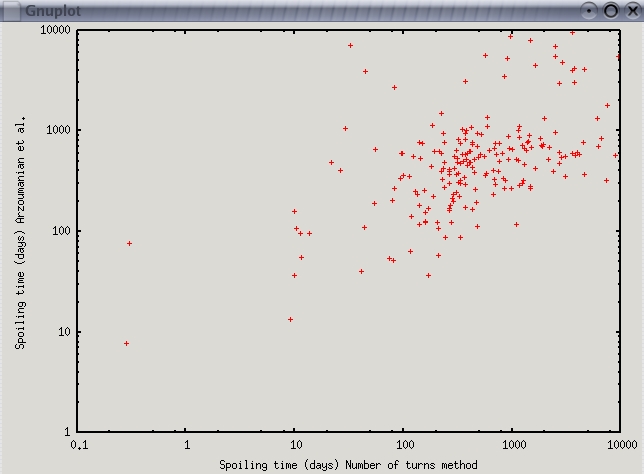 Fig 2
Fig 2
VperY is useful to
evaluate needed telescope time when requests need to be made, but it is
based on the timing noise trend of a hundred pulsars observed by the
Green Bank Telescope. It is necessary to adopt a second method, which
focuses on individual pulsars.

















